Niemal wszystkie matki na naszej planecie, czy to tygrysice, słonie czy aligatory, dbają o swoje dzieci i robią wszystko, aby pomóc im przetrwać w tym trudnym świecie. Dlatego matki zawsze zapewniają najwyższą ochronę, czułość, odpowiedzialność i troskę. Są niewyczerpanym źródłem ciepła i bezgranicznej miłości.
1.
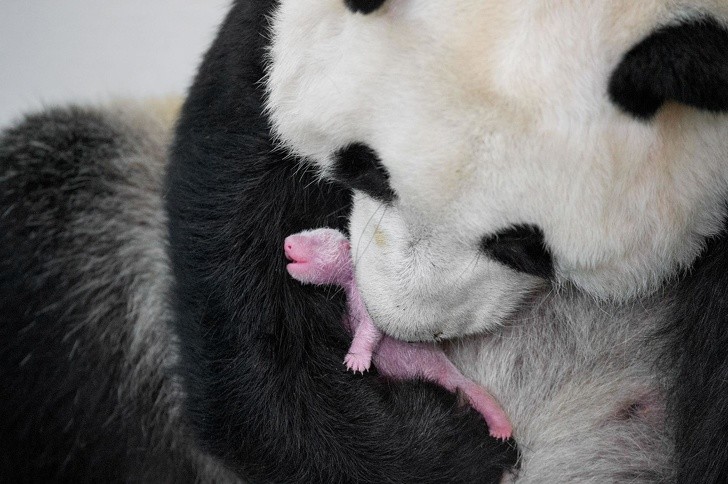
2.
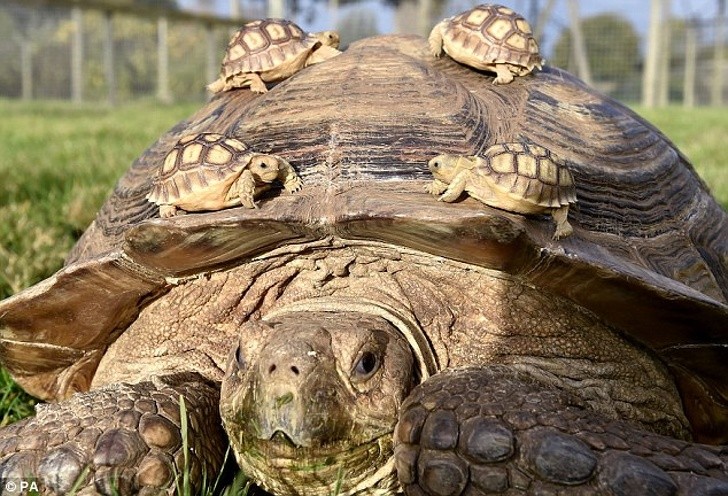
3.
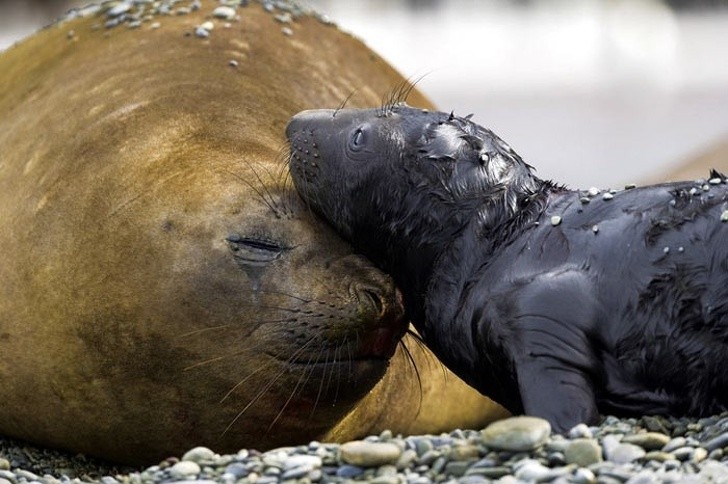
4.
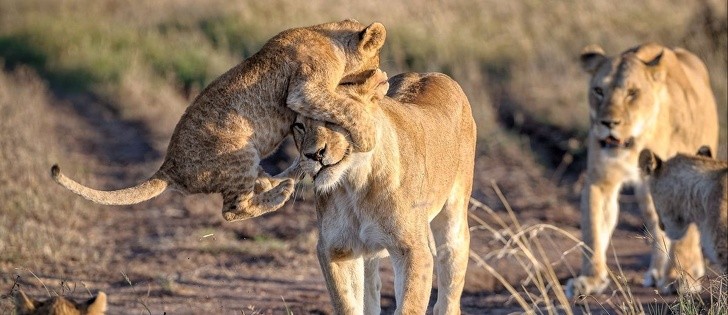
5.
6.
Reklama
7.
8.

9.
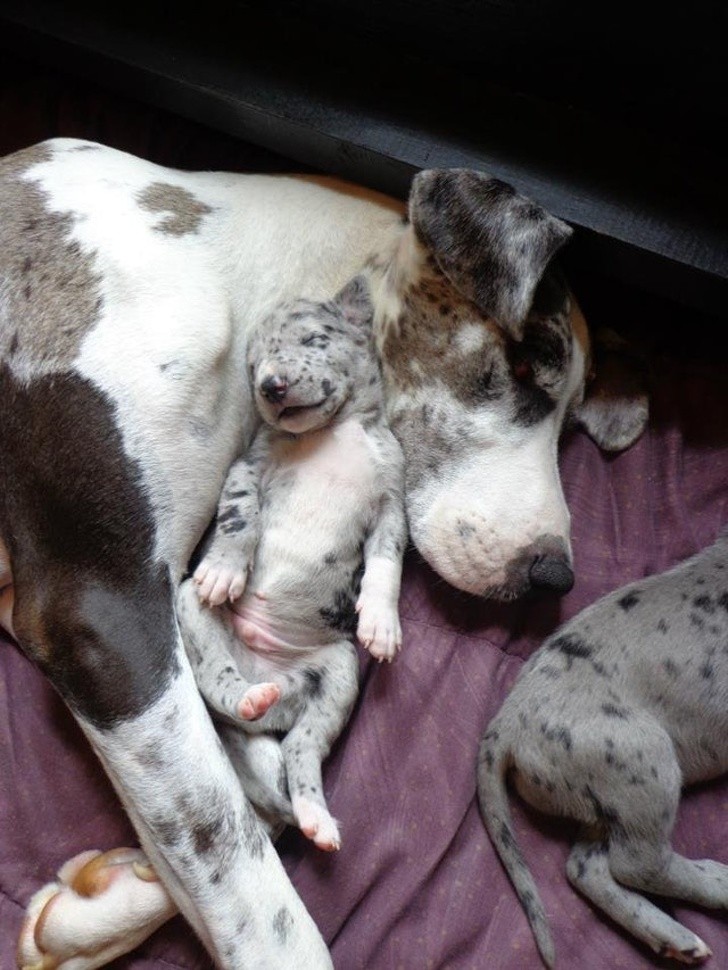
10.
11.
12.
13.
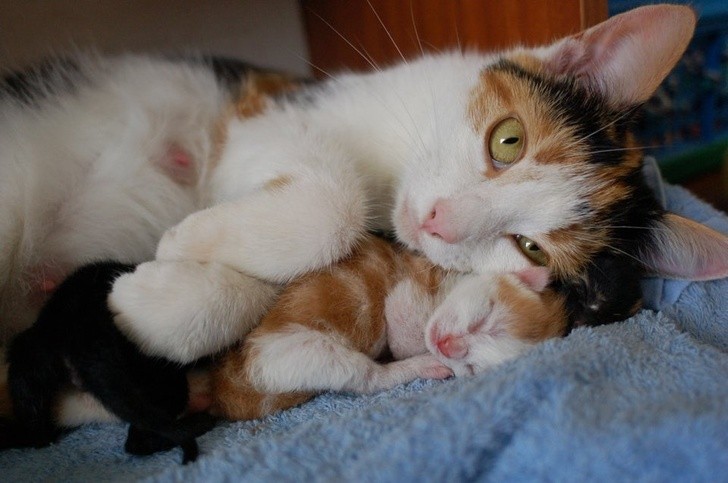
14.
15.
Reklama




























